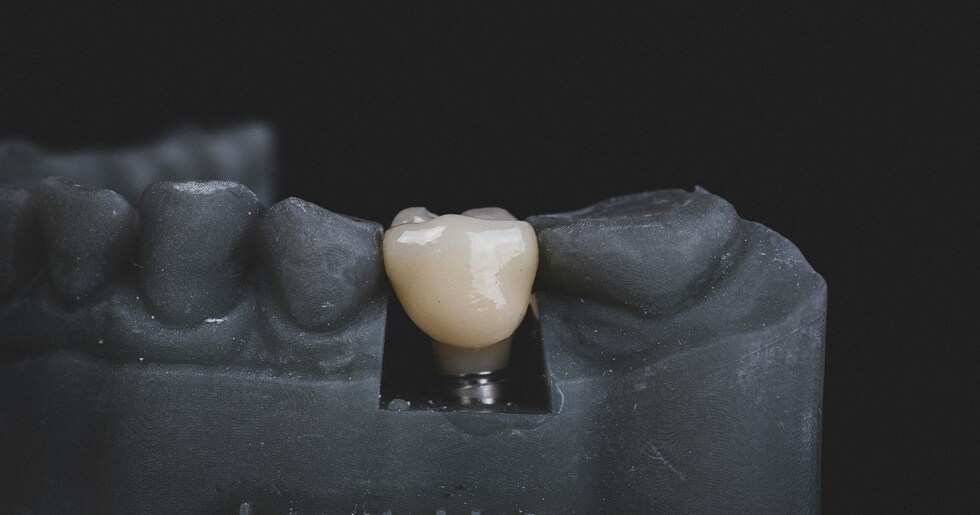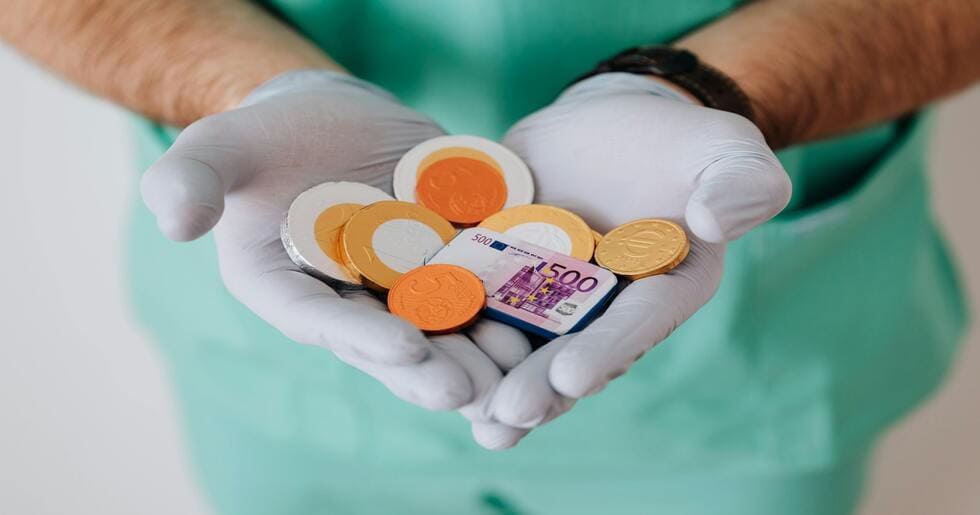What you Should Know about Breast Cancer: from Causes to Symptoms and Treatment Types
Published on October 07, 2024By Sergi C. (Contributor)
Contents


It is considered as one of the most pervasive cancers worldwide, and a majority of cases develop in untreatable advanced stage among women. The early signs can be so mild, yet they could mean the difference in a successful treatment.
What Causes Breast Cancer?
Breast cancer is a type of cancer that occurs when certain cells in the breast tissue start to grow uncontrollably. There are a number of risk factors to this which include:
Age and Hormonal Changes
The risk of breast cancer goes up with age and that is particularly the case in women who go through menopause. Hormone— an elevation of estrogen levels may predispose a woman to cancer. Hormone replacement therapies, such as HRT and contraceptive pills can further raise risk.
Weight and Lifestyle Factors
Obesity is certainly a very big risk factor, especially in women after menopause. Lifestyle choices, such as the amount of alcohol a woman drinks or whether she has children later in life can increase her breast cancer risk. Over time, it can also stimulate the growth of cancerous cells due to cumulative exposure to radiation.
Family History and Genetics
Other risk factors include a family history of breast cancer or yourself having genetic mutations such as BRCA1 and BRCA2. The risk of certain breast cancer types is also higher in women who have dense (not fatty) breast tissue.
Recognizing Early Symptoms
Lumps or Thickened Tissue: The most frequent initial manifestation of Breast Cancer is a fresh lump or mass in the breast or underarm area. Not all lumps are cancerous, but in the case of a lump, it is important to consult your doctor.
The size or shape of the breasts changes: If there is an unexplained swelling, and visible changes to your breast metaplastics help explain why this could be happening.
Texture of the skin: Dimpling, redness or the surface appearing like an orange has is the sign.
Change in shape of Nipple — inversion, difformity or discharge are signs of alert.
This type of breast pain is also less common but persisting breast pain that you can not relate to activities should be evaluated.
Available Treatment Options
Treatment decisions are based on the type of breast cancer as well as how far it has spread. Modalities of Treatment
Surgery
Surgery: The goal is to completely remove the tumor. Surgery options vary as per the stage from removal of just the tumor, to removal of entire breast (mastectomy) if more aggressive measure is needed to prevent spread after mastectomy additional plastic surgery may be required.
Chemotherapy
Chemotherapy is most often given before or after surgery. It facilitates in shrinking the tumors and killing of any residual cancer cells. Chemotherapy is done either before surgery to shrink the size of tumor (neoadjuvant therapy) or after surgery to kill any remaining cancer cells (adjuvant therapy).
Be Proactive: Prevention & Screening
Regular screenings, particularly mammograms, help to decrease the risk. Catch cancer at an early stage when treatment is likey to be more successful and before it has shown as symptoms. Another thing women should do is to regular self-exams and report any weird changes to the doctor immediately.





